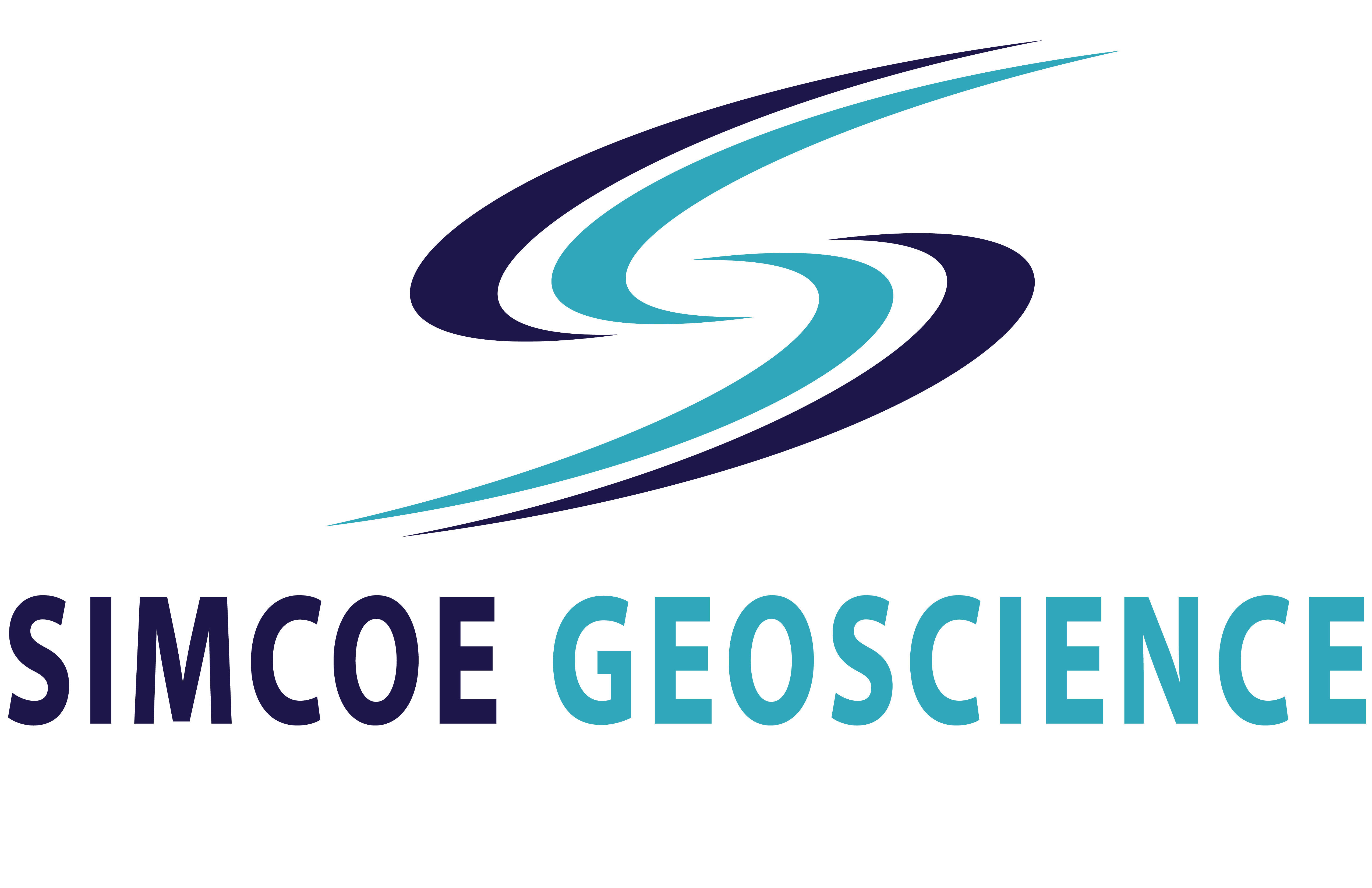Ground Penetrating Radar
Applications
Ground penetrating radar (GPR) provides a high resolution, cross-sectional image of the shallow subsurface. A short pulse of electromagnetic energy is radiated downward. When this pulse strikes an interface between layers of material with different electrical properties, part of the wave reflects back, and the remaining energy continues to the next interface. Depth measurements to interfaces are determined from travel time of the reflected pulse and the velocity of the radar signal.
The Ground Penetrating Radar (GPR) method relies on contrasts in the dielectric constant between materials. The methods have been used extensively to:
General Applications
-
Void Mapping - Thin Voids
Tool: High frequency antennas such as 800MHz, 1000 MHz, 1600MHz 2600MHz
Description Commonly used to map thin voids under slabs as little as 2 cm thick. It is very good at mapping the lateral extents of voids. It can't measure the thickness of the void very well but it is possible to determine the relative thickness: View Case Study -
Void Mapping - Moderate Voids
Tool: Medium sized frequencies such as 270MHz, 300MHz, 400MHz
Description Commonly used to map voids and soil sloughing in the upper 2 to 5 meters View Case Study
Distinguish between ufill / voids and sloughing
View Case Study 1
View Case Study 2
View Case Study 3 -
Void Mapping - Larger Voids
Tool: Lower frequency antennas such as 200 MHz hyperstack, 100MHz, 50 MHz and 25 MHz
Description Deeper voids from Karst features, mine workings or large utilities from 5 to 30 meters range.
View Case Study
-
Concrete Delamination
Tool: High frequency antennas such as 800MHz, 1000 MHz, 1600MHz 2600MHz
Description Bridge decks or other concrete structures with reinforcing steel.
View Case Study -
Concrete Reinforcement & Thickness
Tool: High frequency antennas such as 800MHz, 1000 MHz, 1600MHz 2600MHz
Description Location, size and depth of steel. slab thickness.
View Case Study -
Sedimentary Layer Mapping
Tool: Medium sized frequencies and lower frequencies.
Description Medium sized frequencies and lower frequencies. Mapping areas of fill and ground disturbance. Mapping water table and other geologic contacts. Its possible to distinguish clays/silts versus sands/gravels versus cobbles/boulders.
View Case Study -
Environment Site Assessment
Tool: Medium sized frequencies such as 270MHz, 300MHz, 400MHz.
Description Mapping former excavation such as former UST locations, abandoned pipes. -
Utility Mapping & Borehole Clearance
Tool: Medium sized frequencies such as 270MHz, 300MHz, 400MHz.
DescriptionThe most common application of GPR. Used for a multitude of private locating companies.
View Case Study 1
View Case Study 2 -
Bedrock Mapping
Tool: Medium sized frequencies and lower frequencies.
DescriptionUnder the right overburden conditions the top of bedrock can incredibly efficient.
View Case Study
Technologies
Ground Penetrating Radar Systems
- StructureScan™ Mini HR
- UtilityScan® DF &UtilityScan®
- RoadScan™ 30
- BridgeScan™
